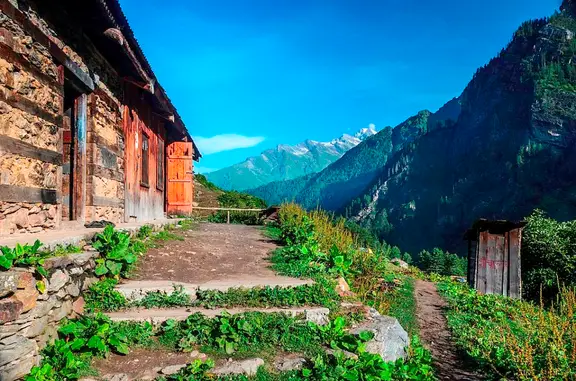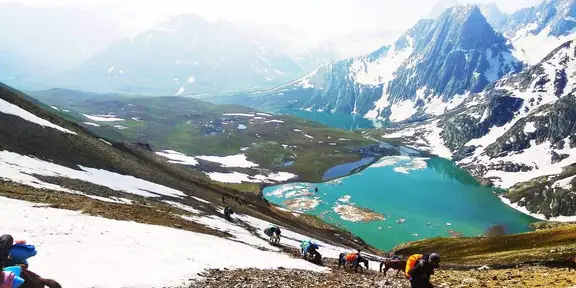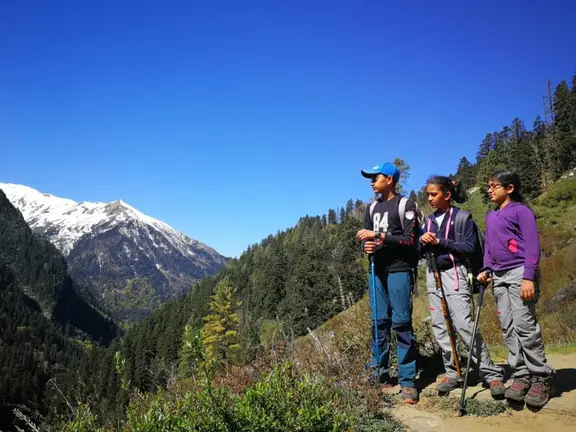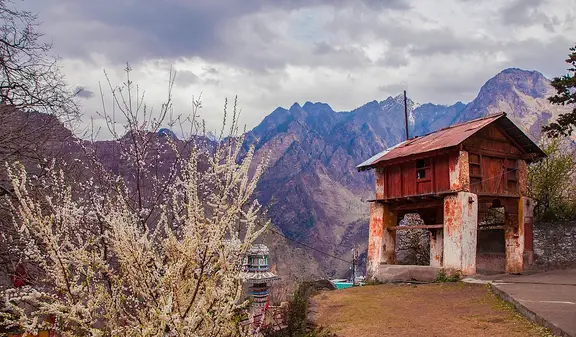Trekking Poles. How to Choose and Use Trekking Poles efficiently?
trekking poles

Himalayan ranges are the ultimate trekking spot for many. But don’t forget to pack your trekking poles.
TREKKING POLES

Trekking poles are a comprehensive system for plenty of walkers, trekkers, trekkers, and backpackers. Trekking poles, additionally known as trekking poles, trekking sticks, or walking poles, are trekking equipment used to assist walkers with their rhythm and offer balance on hard terrain, on mountain ranges. Trekking poles resemble ski poles as they have many functions in stock, including baskets at the bottom, rubber-padded handles, and wrist straps.
WHAT DOES TREKKING POLE LOOK LIKE?
Their maximum length of these polls is a hundred thirty-five cm or fifty-four inches, however, not like ski poles, they are frequently in two or three sections. They can be prolonged and retracted as vital to be used and collapsed for storage or shipping. While fully drawn in, it can be feasible to connect them to a backpack. A few poles come with spring-loaded sections to aid on foot underneath normal conditions and to reduce wrist pressure. Still, such gadgets may also best add unwanted weight and noise to the poles. They may be typically crafted from lightweight aluminum or carbon fiber.
WHY USE THESE TREKKING POLES?
Trekking poles are generally used by trekkers for the same reasons — to offer a few rhythms to their taking walks tempo and for introduced support. On flat, smooth terrain, they are not vital even though the use of them, one can boom the speed of a trekker on the mountains receives from the trip, as well as increase the velocity. However, on less favorable terrain or steep slopes, they provide beneficial lateral stability and lots of flips to them for help with knee pain.

They can also be used as aids while trekking rocks or boulders, to probe the intensity of mud or water and facilitate a crossing. When stepping on slopy ranges for long distances, a few trekkers make one pole shorter than the other, to make the journeys higher as if they had been taking vicinity on a level floor.
Some backpacking tents are designed to use trekking poles as tent poles. Along the identical strains, trekking poles may be used to installation a bivouac refuge. Trekkers who take to snowshoes in iciness locate trekking poles particularly beneficial. They also can be utilized in Nordic, taking walks in a rural or city environment.
HOW TO CHOOSE TREKKING POLES
"Nordic taking walks," a form of strolling with poles, has been observed to have beneficial consequences on resting coronary heart rate, blood strain, workout ability, maximal oxygen consumption, and quality of life in patients with various diseases, and to be advanced to brisk walking without poles and in a few endpoints to running.
SINGLE OR PAIRED?
Trekking poles can be bought as a couple and used in the cycle. These trekking poles improve your stability and can lessen the force to your knees while trekking and backpacking. Most are adjustable in length, and a few encompass inner springs that absorb shock to besides decrease effect.
On occasion known as a strolling team of workers or travel staff, that is a single-pole, it is most useful while used on incredibly flat terrain and with little or no load to your lower back. They'll also consist of a built-in camera mountain below the deal with so the body of workers may be used as a monopod.
LENGTH OF THE TREKKING POLES
The correctly built sized poles will put your elbows at a 90-diploma bend when you maintain the poles with guidelines on the floor close to your toes. Many trekking poles are available for adjustable lengths, which makes this easy to attain. However, some are sold in constant lengths or tiers of sizes.
If you're taller than approximately 6 feet, trekking poles which have a maximum period of at least fifty-one inches can be considered. In case you are shorter than 6 feet tall, you'll be capable of shortening the most adjustable trekking poles enough to lead them to work for you.
HOW TO USE DIFFERENT TYPE OF TREKKING POLES?
WRIST STRAPS: It is pretty common to look trekkers using of their trekking pole wrist straps incorrectly. To apply them the right way, put your hands through the bottom of the belt, which pull-down and seize the grip of the pole. This method supports your wrist and heel of the hand and allows you to maintain your hand comfortably on the hold.
You could regulate the length of the strap so that when you deliver your hand down at the belt, it traces up within which you want it to relax on the grip. Right strap adjustment permits you to let move of the pole to take a picture, snatch a snack or alter your backpack, and then without problems seize the pole once more within the right region.
BASKETS: Trekking poles usually include a small, detachable trekking basket at the tip stop. Large baskets can be substituted to be used in snowy or muddy ground.
POLE SUGGESTIONS: Carbide or metal pointers are usually applied to offer traction, even on ice. Rubber tip protectors amplify the existence of the hints and protect your equipment when poles are stowed in your packs. They're additionally desirable for use in sensitive areas to reduce the effect to the ground. Angled rubber walking recommendations are for use on asphalt or other hard surfaces.
HOW TO PLANT YOUR TREKKING POLE?
Position your trekking poles straighter up and down because angled poles tend to slip more easily. On steep, off-path terrain, use poles to ease your weight down so that you're now not jumping onto the unsure footing. Prolong poles for deeper water, and make specific pole pointers are planted securely on the river backside. Most manifestly, poles lessen the impact of hiking on knee joints and leg muscle groups. Arm and shoulder muscular tissues support and relieve the leg muscle groups. With the primary "hand above the heart" position necessitated by way of the poles, circulation is progressed, and heart charge is decreased. The "rhythm" created using taking walks with poles ends in relaxed, higher regular breathing and multiplied stamina. Your legs have to work harder in case you're doing plenty of uphill trekking. Planting your poles and boosting yourself up with your hands facilitates some of the stress off your leg muscles and allows you to stay fresher for longer. With trekking poles, you could transfer some of your weight so that it's now not all transferred to your joints. Poles additionally aid with stability on steep sections or big drops. If you spend any time trekking around rivers or creeks, you can realize the frustration of stepping on a slick rock and feeling your foot slide while you shift your weight. Now you may catch yourself along with your different foot or palms; however, from time to time, you come to be falling on your face and banging your knee or fingers in the method. Even shallow, reputedly sluggish moving water can make river crossing very difficult and treacherous. One terrible step and you've fallen in, gotten soaked, and may doubtlessly locate your self being whisked downstream. Using poles offers you extra factors of touch, which could keep your upright if something shifts underfoot.
BENEFITS OF TREKKING POLES
Similar Blogs
Related Treks & Activities
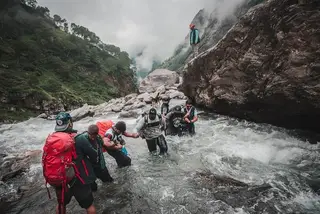
Hampta Pass Trek
Hampta Pass Trek 2025 - Chandratal Lake Trek | Moxtain
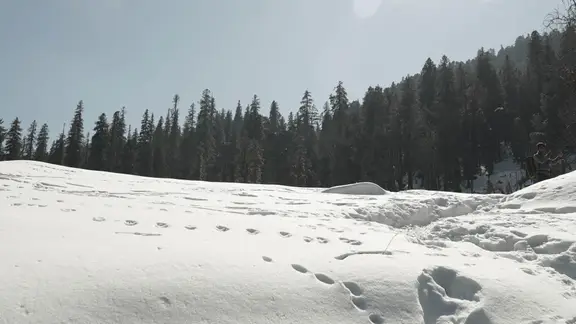
Dayara Bugyal Trek
Dayara Bugyal Trek 2025 - 6 Days Trek | Moxtain
